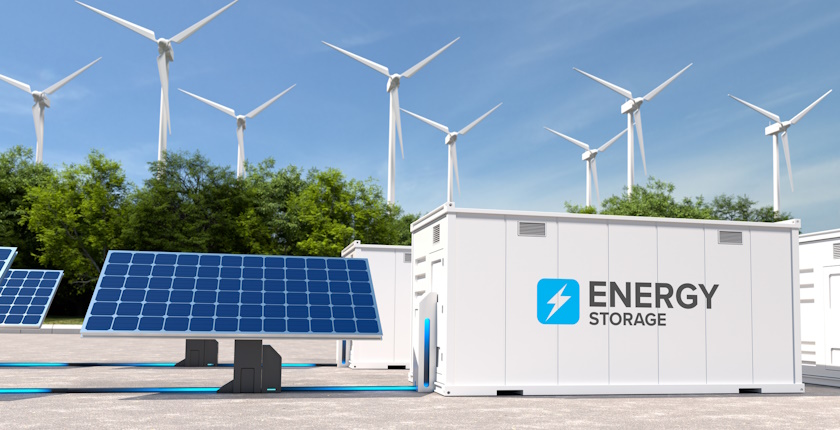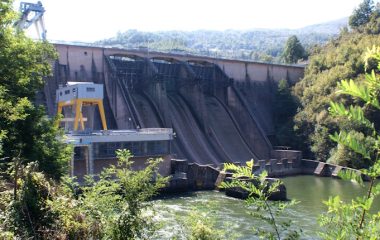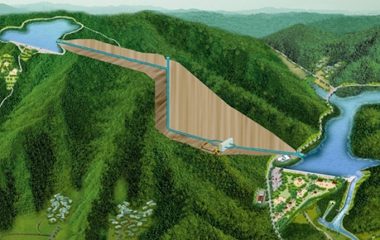
Photo: iStock
Greek renewable energy producers are fearful of any delay in the deployment of battery energy storage systems, because of high curtailments.
The sector expects that in a hypothetical scenario without the storage, the curtailments would rise to 25% by 2030, compared to last year’s 3.3%.
So far in 2025, curtailments have risen further. According to the Renewable Energy Sources Operator and Guarantees of Origin (DAPEEP), just last week they amounted to 30 GWh. Sunday, April 6, was a particularly eventful day, as over 4 GW of renewable electricity capacity was cut for multiple consecutive hours.
It also marked the first time that grid operators curtailed photovoltaic plants in the distribution network, which were formerly left unscathed. In total, 116 GWh was consumed in Greece on Sunday. Renewables gave 88.7 GWh, but one third had to be curtailed to stabilize the system.
Many producers at the distribution level receive messages from the operator every few days to turn off their photovoltaics manually. If they do not comply, they are subject to a fine of EUR 500 per MWh.
Timely storage development is crucial
Curtailments are expected to double this year, according to Aristotle University of Thessaloniki Professor Pantelis Biskas. Both the market and the Ministry of Environment and Energy expect storage to provide a solution. By the end of 2025, the first battery projects that were selected in auctions are expected to connect to the grid. However, investors have warned that strict timeframes, red tape and uncertainty in global markets could lead to harmful delays.
Large players to gain market share
Until the storage comes online and reduces curtailments, the renewable energy sector will be subject to various effects. DAPEEP’s CEO Anastasia Riga said large vertical players would probably gain more market share in the current environment. Also, the introduction of negative pricing in the balancing market adds another layer of complexity and potentially reduces profits for producers.


















Be the first one to comment on this article.